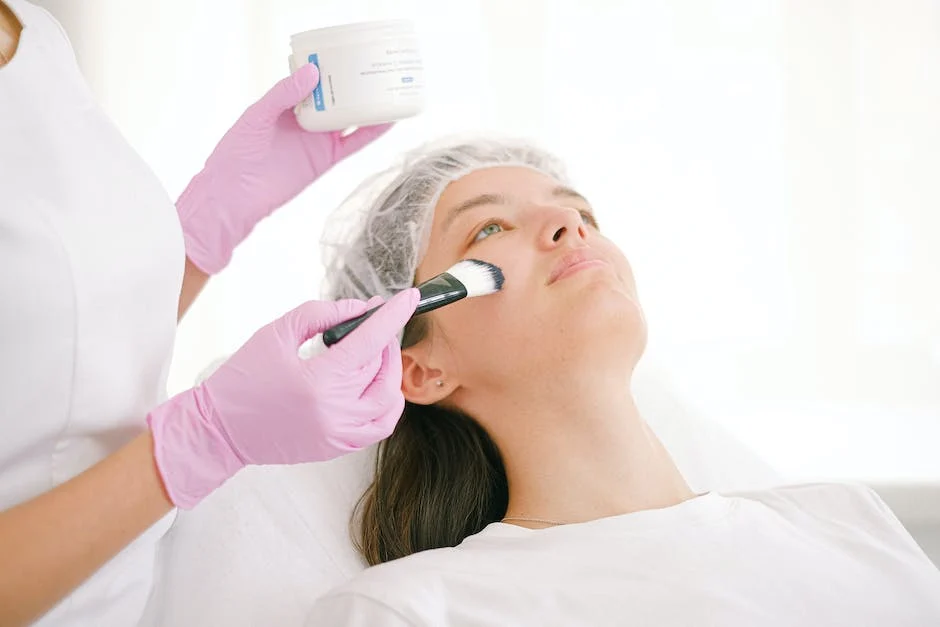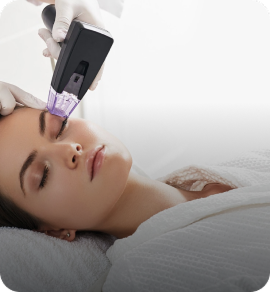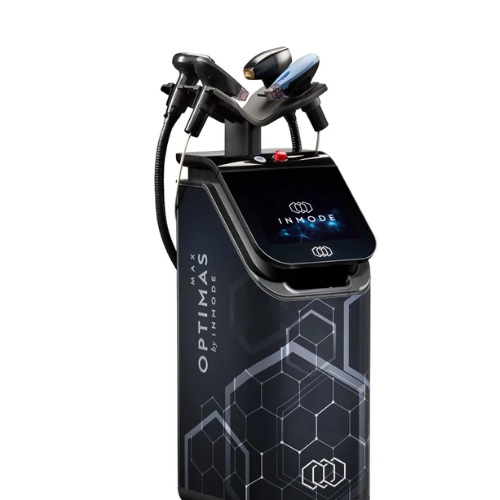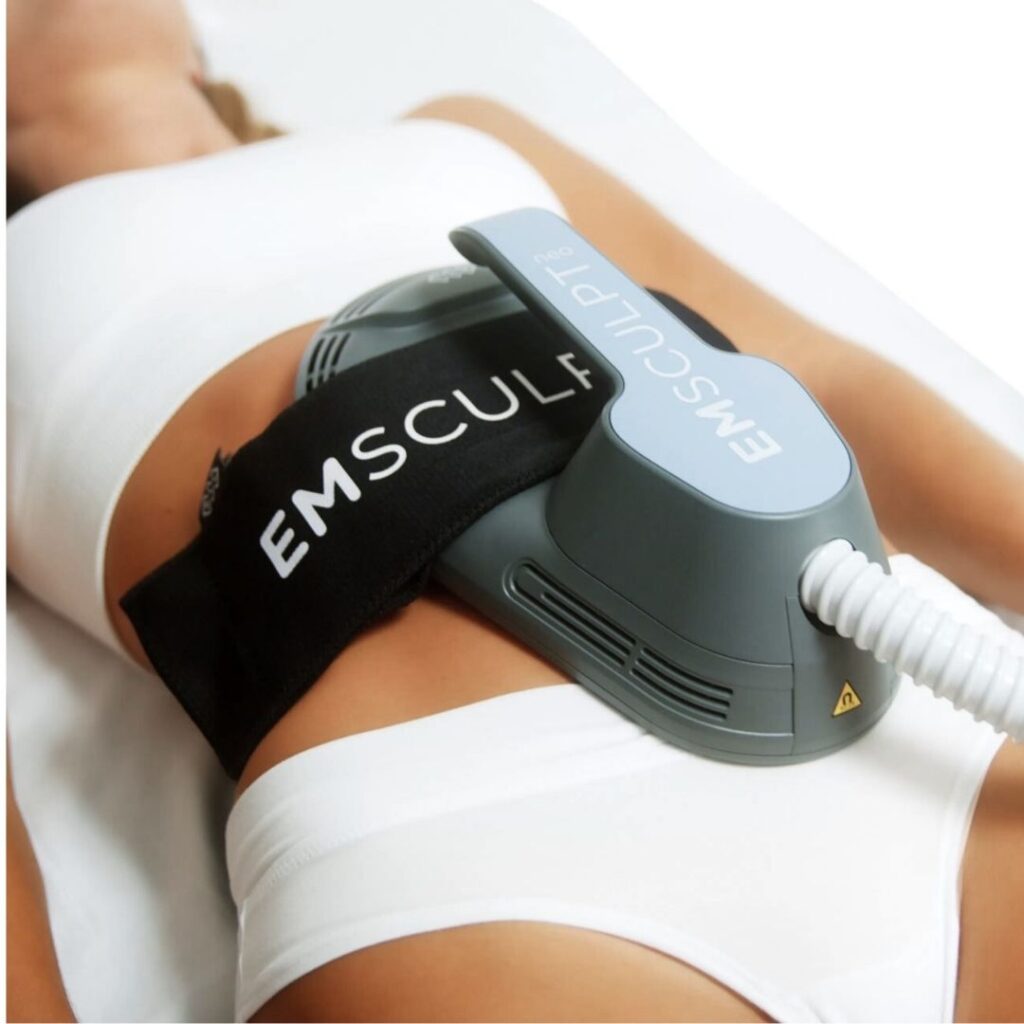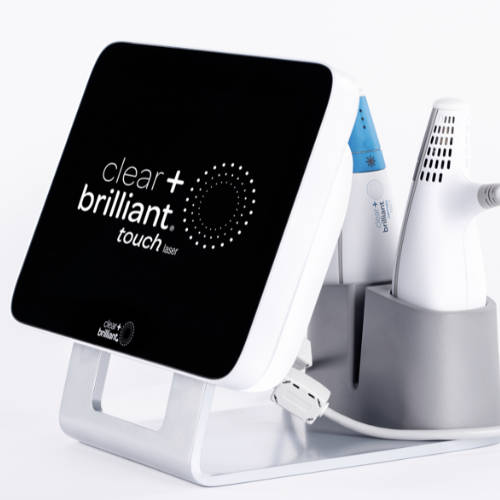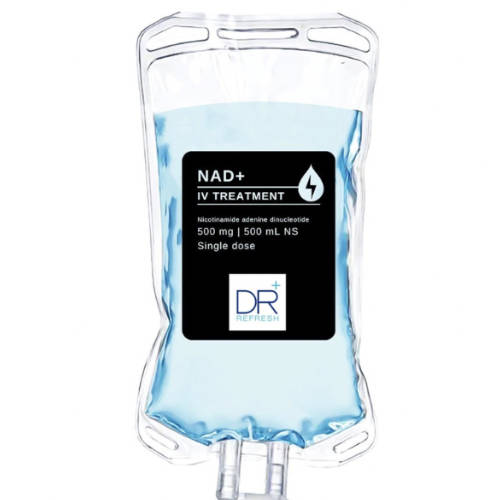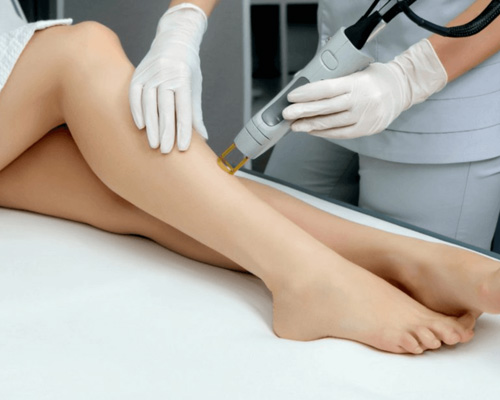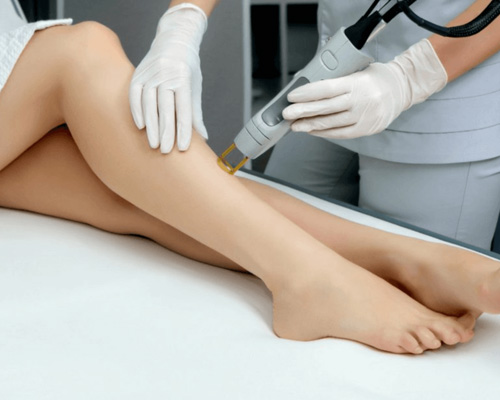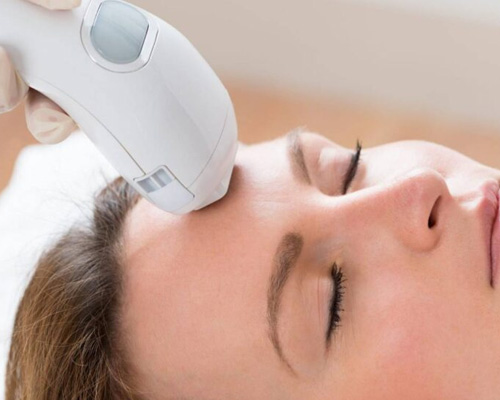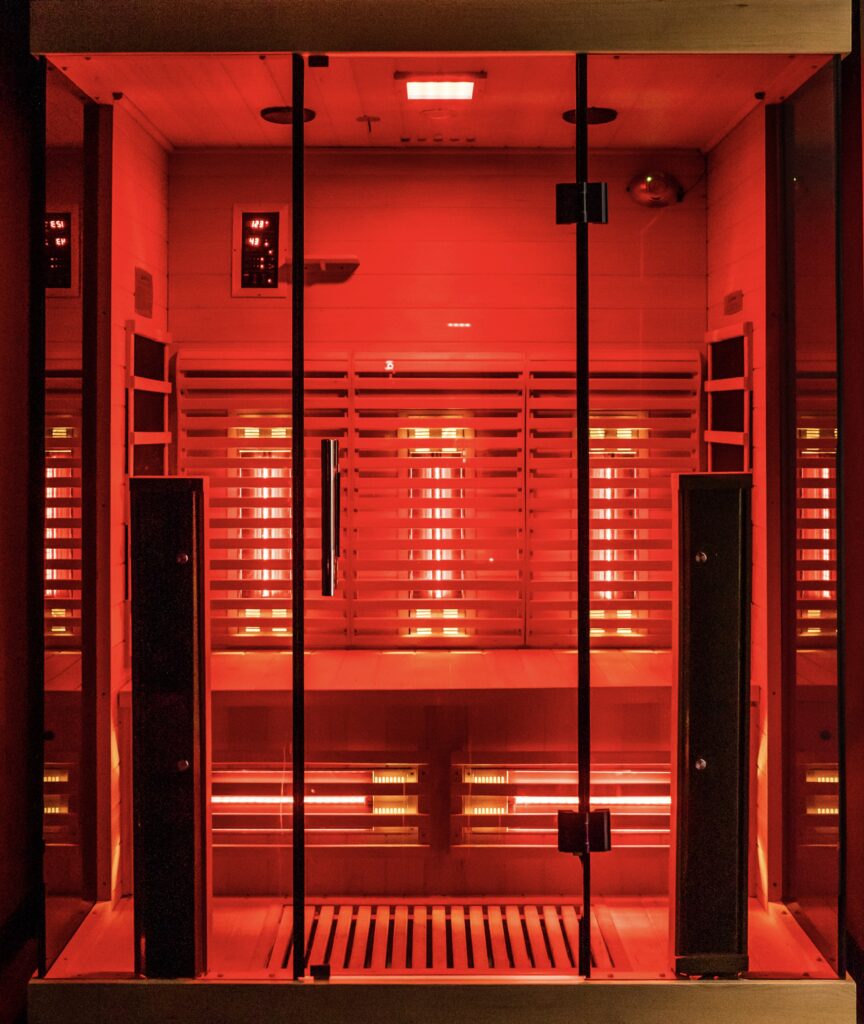Importance of regular skin rejuvenation treatments
Regular skin rejuvenation treatments can help maintain the health and appearance of your skin. These treatments can improve skin texture, reduce signs of aging such as fine lines and wrinkles, and promote a more youthful and vibrant complexion. By stimulating collagen production and increasing cell turnover, skin rejuvenation treatments can also enhance the skin’s natural ability to repair and renew itself. Additionally, these treatments can address specific skin concerns such as acne, sun damage, and uneven skin tone, leading to a clearer, smoother, and more radiant complexion. Regular sessions of skin rejuvenation treatments are essential to achieve and maintain optimal results.
 How skin rejuvenation treatments benefit your skin
How skin rejuvenation treatments benefit your skin
Skin rejuvenation treatments can benefit your skin in several ways. Here are a few key points:
- Improved Skin Texture: Regular skin rejuvenation treatments can help improve the texture of your skin by reducing fine lines, wrinkles, and uneven skin tone.
- Boosted Collagen Production: These treatments can stimulate the production of collagen in your skin, which is essential for maintaining its elasticity and firmness.
- Reduced Pigmentation: Skin rejuvenation treatments can also help reduce pigmentation issues such as sun spots, age spots, and other forms of hyperpigmentation.
- Enhanced Radiance: By promoting cell turnover, these treatments can give your skin a more radiant and youthful appearance.
By undergoing regular skin rejuvenation treatments, you can help maintain a healthy and youthful complexion.
Common skin issues addressed by rejuvenation treatments
Rejuvenation treatments can help address common skin issues such as fine lines, wrinkles, uneven skin tone, sun damage, acne scars, and large pores. These treatments work by promoting collagen production, stimulating cell turnover, and improving skin hydration, ultimately leading to a more youthful and radiant complexion.
Types of skin rejuvenation treatments
There are several types of skin rejuvenation treatments available, each targeting different skin concerns. Some common types include:
- Chemical peels
- Microdermabrasion
- Laser skin resurfacing
- Microneedling
Each treatment aims to improve skin texture, reduce signs of aging, and promote overall skin health. Chemical peels use a chemical solution to remove damaged outer layers of skin, microdermabrasion involves exfoliating the skin with tiny crystals or a diamond-tipped wand, laser skin resurfacing uses laser technology to stimulate collagen production, and microneedling creates micro-injuries to trigger the body’s natural healing response. Regular skin rejuvenation treatments can help maintain a healthy, youthful complexion and address specific skin concerns.
Factors to consider when choosing a skin rejuvenation treatment
When choosing a skin rejuvenation treatment, it’s important to consider several factors to ensure you achieve the best results. Here are a few key things to keep in mind:
- Skin Type: Different treatments work better for different skin types, so it’s essential to choose a treatment that aligns with your skin’s specific needs.
- Treatment Goals: Determine what you want to achieve with the treatment – whether it’s reducing wrinkles, improving skin texture, or addressing specific skin concerns.
- Downtime and Recovery: Consider the downtime required for the treatment and whether you’re comfortable with the recovery process.
- Treatment Provider: Choose a reputable and experienced skincare professional who can assess your skin and recommend the most suitable treatment for you.
- Cost: Understand the financial commitment involved in the treatment and whether it fits within your budget.
By considering these factors, you can make an informed decision about the skin rejuvenation treatment that best suits your needs and goals.
What to expect during a skin rejuvenation treatment
During a skin rejuvenation treatment, you can expect the following:
- Consultation: The practitioner will start with a consultation to understand your skin concerns and goals for the treatment. They may also assess your skin type and condition.
- Procedure: The treatment may involve different techniques such as chemical peels, microdermabrasion, laser therapy, or injectables. The choice of procedure will depend on your skin’s specific needs.
- Sensations: You may experience sensations such as tingling, warmth, or mild discomfort during the procedure.
- Results: After the treatment, you can expect your skin to feel rejuvenated, refreshed, and more youthful. The specific results will depend on the type of treatment and your individual skin characteristics.
Steps involved in a typical skin rejuvenation procedure
A typical skin rejuvenation procedure involves the following steps:
- Consultation: The process begins with a consultation with a skincare specialist. During this consultation, the specialist will assess your skin, discuss your goals, and recommend the most suitable rejuvenation treatment for you.
- Preparation: Before starting the procedure, the specialist will cleanse your skin to remove any dirt or makeup. This step ensures that the rejuvenation treatment is applied to a clean and fresh surface.
- Treatment application: Depending on the chosen rejuvenation treatment, the specialist will apply the appropriate products or perform the procedure. Treatments may include chemical peels, microdermabrasion, laser therapy, or other methods aimed at improving the skin’s appearance and texture.
- Post-treatment care: After the procedure, the specialist will provide instructions for post-treatment care. This may include avoiding direct sunlight, using specific skincare products, or adhering to a particular skincare routine to maintain the results of the rejuvenation treatment.
Understanding the steps involved in a typical skin rejuvenation procedure can help you feel more prepared and informed when considering such treatments for your skin.
Technology and techniques used in skin rejuvenation treatments
Skin rejuvenation treatments use a variety of modern technologies to improve the skin’s appearance. Some common techniques include laser therapy, chemical peels, microdermabrasion, and microneedling. These methods work by stimulating collagen production, reducing wrinkles, improving skin tone, and minimizing the appearance of pores and scars. Laser therapy, for example, targets specific skin issues using different types of light, while chemical peels exfoliate the top layers of the skin to reveal smoother, healthier skin underneath. Similarly, microdermabrasion and microneedling help to promote skin regeneration and collagen production, resulting in improved skin texture and elasticity. Each technique has its own unique benefits and may be recommended based on individual skin concerns.
Aftercare and maintenance of rejuvenated skin
To maintain your rejuvenated skin, it’s important to follow a proper aftercare routine. This includes:
- Use sunscreen: Protect your skin from sun damage by using sunscreen with at least SPF 30 daily, even on cloudy days.
- Moisturize: Keep your skin hydrated by applying a moisturizer suitable for your skin type twice a day.
- Avoid harsh products: Use gentle skincare products to avoid irritating your skin and compromising the results of the rejuvenation treatments.
- Follow professional advice: It’s crucial to follow the aftercare instructions provided by your skincare professional to optimize the benefits of your skin rejuvenation.
Conclusion: Embracing regular skin rejuvenation for healthy, radiant skin
To maintain healthy and radiant skin, embracing regular skin rejuvenation treatments is crucial. Such treatments can help improve skin texture, reduce wrinkles, and lighten pigmentation. By promoting collagen production, these treatments contribute to a youthful and glowing complexion. In addition, regular skin rejuvenation can help prevent early signs of aging and maintain overall skin health. By incorporating these treatments into your skincare routine, you can enjoy the long-term benefits of healthier and more vibrant skin.
